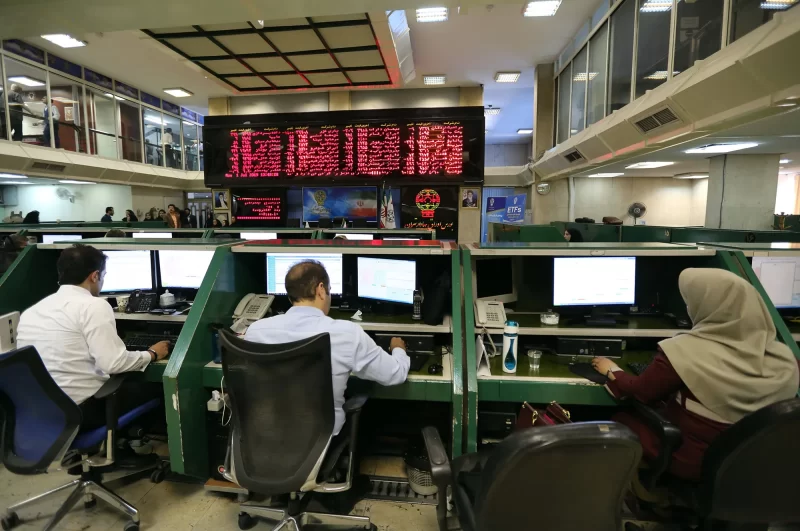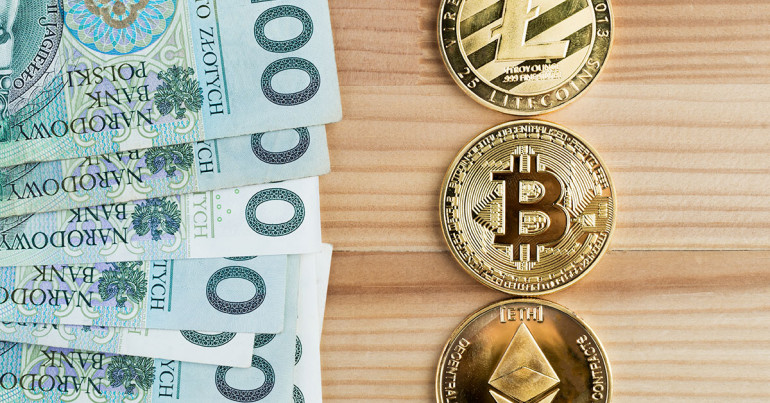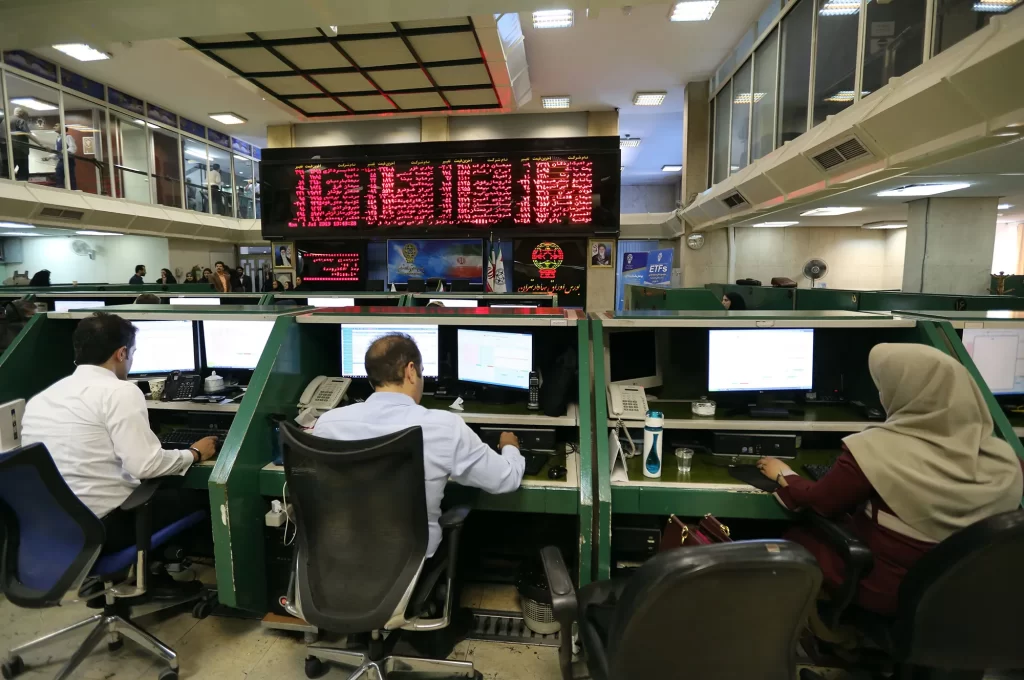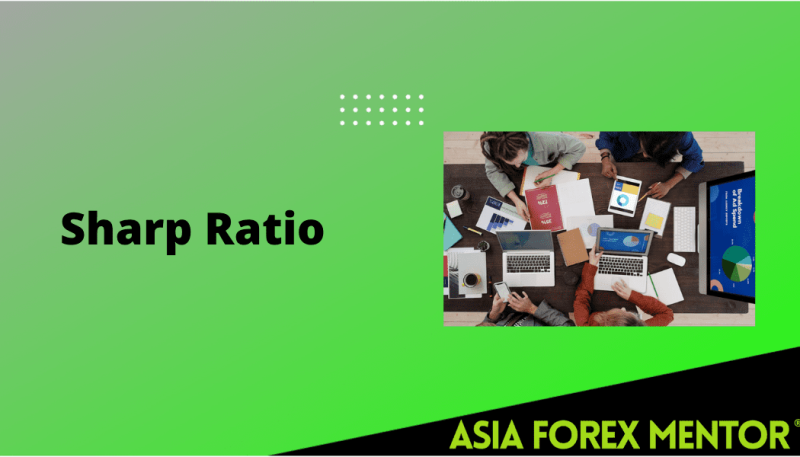
The Sharp ratio, also known as the reward-to-variability ratio, was proposed by economist William F. Sharpe in 1966 as an extension of his work on the capital asset pricing model (CAPM). Later, in 1990, Sharpe received the Nobel Prize in Economics for his excellent contribution to the CAPM project.
In finance, the Sharpe Ratio, to put it simply, corrects performance for the additional risk assumed by an investor. The investor can, however, gauge whether the investment meets his needs and the Sharpe Ratio.
Furthermore, the Sharpe Ratio is another tool used to assess how well a specific share would perform given the risk. To help an investor understand how well he would be compensated, it can compare two different funds with the same risk or returns.
A higher Sharpe Ratio indicates greater returns from a higher level of investment. As a result, investors seeking more significant returns will put money into funds with higher risk factors.
In this guide. We'll comprehensively explain the shape ratio and how this equity investment theory can gauge a healthy balance between your risks and rewards.
Also Read: Risk Reward Ratio Ultimate Guide
Contents
- What Is A Sharpe Ratio?
- Why Do You Need To Understand The Sharpe Ratio?
- The Sharpe Ratio: Calculation
- What is Standard Deviation?
- Sharpe Ratio Example
- Advantages Of Sharpe Ratio
- Limitation Of The Sharpe Ratio
- Bottom Line
- FAQs
What Is A Sharpe Ratio?
The Sharpe Ratio is the product of the standard deviation of the investment's return divided by the difference between the investment's and risk-free returns.
Only the predicted returns can be used to evaluate investments. When you realize how much risk you took with a single stock or your entire portfolio to earn those results, you gain a more profound knowledge of your investment.
The Sharpe ratio sometimes referred to as the modified Sharpe ratio or Sharpe index, is a means to gauge an investment's performance while considering risk. It can assess a single security or a complete portfolio of investment. In either scenario, the better the ratio, the investment performs better in terms of the risk-adjusted basis return.

Additionally, the Sharpe ratio provides investors with a clear picture of whether higher returns sufficiently compensate them for taking on additional risk by comparing the return on investment to the additional risk associated with it above and beyond a risk-free asset, which is typically a U.S. Treasury security.
Why Do You Need To Understand The Sharpe Ratio?
You've probably heard financial professionals discuss risk-adjusted returns. This method of calculating an investment's performance considers risk—specifically, the additional risk required to obtain higher returns. The Sharpe ratio is a method of calculating the risk-adjusted returns on your investments.
Investments can be assessed solely based on their expected returns. However, you gain a better assessment of an investment after realizing how much risk you took with a single stock or your entire portfolio to achieve those returns. This is what risk-adjusted returns imply.
The ratio should clearly show how risk and return relate to one another and how much additional return is received for the added risk. The greater the ratio, the higher the return on investment compared to the portfolio or asset-level risk.
The Sharpe Ratio: Calculation
Calculation Steps
A mutual fund's Sharpe Ratio can be quickly determined by utilizing the following two steps or a straightforward formula:
- Subtract a mutual fund's risk-free return from its portfolio or average return.
- Multiply the amount that has been subtracted—the excess returns—by the returns on the fund's standard deviation.
Sharpe Ratio Formula
You can calculate the Sharpe ratio of your investment using the following formula:
Sharpe Ratio = (Average rate of fund returns – Risk-free rate)/Standard Deviation of Returned Funds
What is Standard Deviation?
Standard Deviation – Standard deviation showcases the return on investment that varies depending on the primary returns of the investment.
The standard deviation get higher when there is a large gap between the primary returns and the investment.
For example-
A fund’s yearly Sharpe Ratio is 2.00. The fund will have produced 2% greater returns over the same period.
When the Sharpe Ratio turns higher, funds with a greater standard deviation produce extensive returns. Although, funds with low standard deviations can generate high Sharpe Ratio and steady but moderate returns.
You can calculate the Sharpe Ratio on a monthly or annual basis.
Standard Deviation vs. Sharpe Ratio
The standard deviation shows the investment return that deviates from the principal returns from an investment. A high standard deviation indicates a large discrepancy between principal and investment returns.

The shape ratio falls when the standard deviation increases, indicating a higher investment risk. Conversely, the Sharpe ratio increases with decreasing standard deviation signaling a lower risk in investment.
The ratio should clearly show how risk and return relate to one another and how much excess return is received for the added risk. The greater the ratio, the higher the investment return compared to the portfolio or asset-level risk.
Sharpe Ratio Example
For instance, the annual Sharpe Ratio of a fund is 3.00. The more returns the fund generates during the same time will be 3.00%. Funds with a higher standard deviation make higher returns as their Sharpe Ratio is considered high. However, funds with a low standard deviation can earn a high Sharpe ratio and give consistent moderate returns. Sharpe Ratio can be calculated annually or on a monthly basis.
How To Determine A Good Sharpe Ratio?
Investments with a Sharpe Ratio of 1 to 3 are seen as having a good Sharpe Ratio, and those with a Sharpe Ratio of 3 or above are regarded as having an exceptional Sharpe Ratio. On the other hand, less than 1.00 investments do not produce a higher return.
The table below lists the positive and negative Sharpe Ratio indicators:
|
Sharpe Ratio |
Risk Rate |
Signals |
|
> 1.00 |
Very Low |
Poor |
|
1.00 – 1.99 |
High |
Good |
|
2.00 – 2.99 |
High |
Great |
|
3.00 > |
High |
Excellent |
How Does The Sharpe Ratio Influence Your Return On Investment?
Typically, investors have two competing objectives. For starters, they always want to maximize the returns on their investments. Second, they seek to minimize risk, which is another way of saying they want as few chances of losing money as possible.
The Sharpe Ratio provides investors with a score that indicates their risk-adjusted returns. It can be used to evaluate past performance or expected future performance. Still, in either case, this key financial ratio assists the investor in determining whether the returns are the result of wise decisions or simply taking on too much risk. If the latter is the case, investors may lose more than they are comfortable with if market conditions change.
It is important to note that the Sharpe ratio assumes that the average returns on an investment are normally distributed on a curve. In a normal distribution, the majority of the returns are symmetrically grouped around the mean, with fewer returns found in the curve's tails.
Regrettably, normal distributions do not adequately capture the reality of financial markets. Investment returns do not exhibit a normal distribution over the near term. While the distribution of returns on a curve cluster near the tails, market volatility can vary greatly. As a result, the standard deviation may be less useful as a risk indicator.
A standard deviation failing to determine the risk factors precisely means the sharpe ratio is too high or low than it should be.

Leverage is a type of debt that investors take on to raise their potential returns on investments. Leverage usage raises an investment's adverse risks. The Sharpe ratio will drop sharply, and any losses will be much larger if the standard deviation increases too much, which could result in the investor receiving a margin call.
Also Read: What Is Gearing Ratio?
Advantages Of Sharpe Ratio
In mutual funds, the Sharpe Ratio is crucial for generating returns and identifying risk. Investors benefit from comparing all mutual funds' risk and adjusted return rates.
Investors receive a clear view of the situation and may determine whether the risk they are taking will result in positive returns.
Let's examine a few benefits of the Sharpe Ratio:
Track Your Fund's Performance
Investors can learn more about the performance of a fund by using the Sharpe Ratio. Investors can assess the risk of any fund about the additional returns by monitoring the Sharpe Ratio. It is mostly used to examine mutual fund operations that follow growth and value strategies.
Determine Risk-Adjusted Returns
To evaluate the risk variables and risk-adjusted return of various mutual funds, beginners can compare the Sharpe Ratios of those funds.
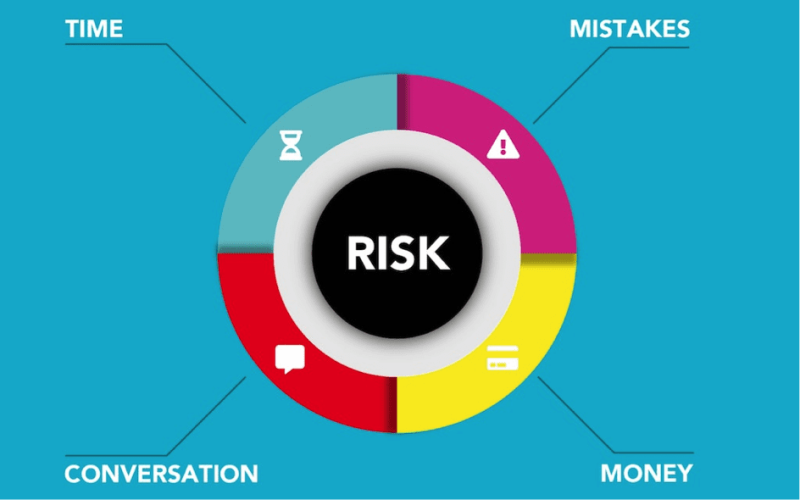
Identify the Risk-Free Investment Options
Investors can quickly analyze all the risk elements before investing in mutual funds using the Sharpe Ratio. Existing investors may also choose to move their investment if the Sharpe Ratio of their current fund is not performing well.
Portfolio Diversification
Investors can adjust a portfolio's sharpe ratio to make the diversification process smoother and more rational. If a fund has a sharpe Ratio of 2.00, adding additional funds to the portfolio would assist lower the ratio and risk factors to boost profits. However, adding another fund to the portfolio might not be the best option in the event of a fund with a Sharpe Ratio of 1.00.
Review the Risk-Free Rate and Rewards
Since it offers greater rewards and risk, a fund with a high Sharpe Ratio is seen as excellent. Hence, investors seeking a bigger expected return frequently choose funds with high sharpe ratios. A fund that offers 5% returns with moderate volatility is always preferable to a fund that offers 7% returns with extreme volatility.
Limitations Of The Sharpe Ratio
The Sharpe Ratio has substantial benefits but also some drawbacks, which are listed below:
- A fund's Sharpe Ratio does not assume any liability for managing portfolio risks and does not indicate if the fund is addressing one or more concerns.
- Although various funds may have distinct dispersion patterns, it assumes that all investments have a typical pattern for the distribution of returns.
- The portfolio managers are responsible for adjusting the Sharpe Ratio. By extending the time horizon used to calculate the ratio, they might attempt to increase their risk-adjusted free returns.
- The Sharpe Ratio is employed to assess mutual funds, which is not considered a wise course of action.
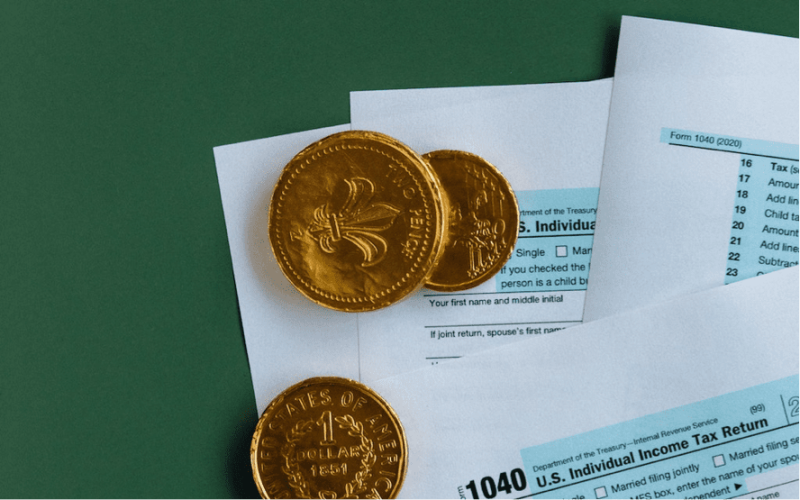
Bottom Line
Investors frequently use the Sharpe ratio to assess the performance of their investments. The simplicity of calculating and interpreting the ratio contributes to its appeal. For instance, a lot of mutual funds give customer performance updates quarterly and annually that include the Sharpe Ratio of the portfolio.
Any investor can grasp that the higher the Sharpe Ratio, the more appealing the return is proportionate to the risk incurred, and hence the more attractive the investment, even though the specifics of calculating projected returns and standard deviation are uncomfortably complicated.
FAQs
Is a Sharpe Ratio of .9 Good?
All ratios are good. The higher it is, the better the sharpe ratio works. A ratio below 1.0 is bad; it doesn't give you enough investment return. This should be the way the average investor would perceive Sharps ratios.
Is a 0.3 Sharpe Ratio Good?
The Sharp ratio is 1 is good, and 2 is excellent. For clarity, it's essential to say the ratio is good at 2, and better is very good or more excellent at 3.
What Does a Sharpe Ratio above 1 Mean?
A Sharpe ratio above 1 is considered good and offers an excessive return to volatility. However, investors compare Sharpe ratios to other portfolios and market sectors.
Is a Higher Sharpe Ratio Better or Worse?
The Sharpe ratio reflects the standard deviation of investment returns. The higher the Sharpe ratios, the higher the return relative to risk.




